Dodge Journey: Switch, heated seat
DESCRIPTION
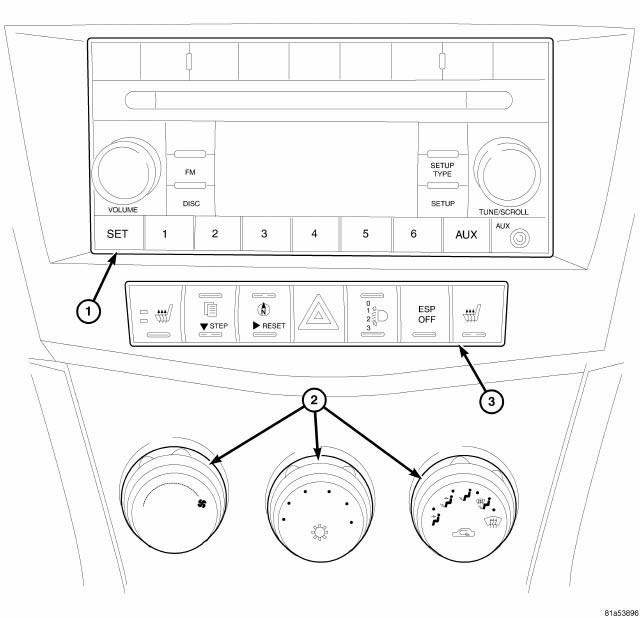
Fig. 10: Locating Accessory Switch Bank Module
Two heated seat switches are located in the center stack of the instrument panel. The switches are located on the outer edges of the Accessory Switch Bank Module (ASBM). The ASBM (3) is located just below the radio (1) and just above the heater and air conditioner controls (2) in the center stack area of the instrument panel. If either of the switches is damaged or inoperative the complete ASBM assembly must be replaced.
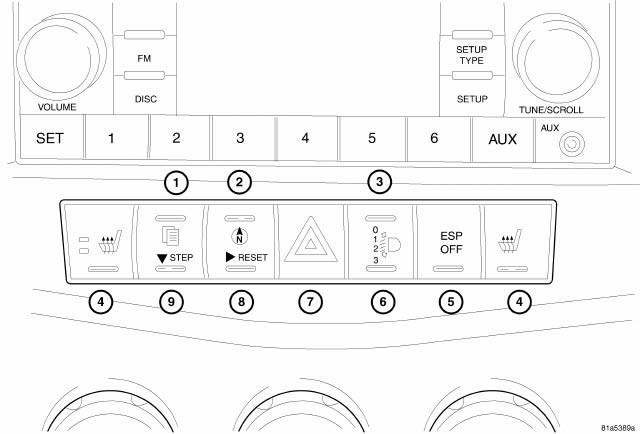
Fig. 11: Identifying Assembly Switch Bank Module Callouts
Each heated seat switch (4) provides a resistor-multiplexed signal to the instrument cluster, sometimes referred to as the Cab Compartment Node (CCN). Amber Light Emitting Diodes (LEDs) on the outside edge of each switch indicate the level of heat in use: Two LEDs are illuminated for high, one for low, and none for off.
Pressing the switch once will select high-level heating. Pressing the switch a second time will select low-level heating. Pressing the switch a third time will shut the heating elements off.
The LED indicator lamps in each heated seat switch cannot be repaired. If the LED lamps are inoperative or damaged, or the switch is inoperative or damaged the complete ASBM assembly must be replaced. See Removal .
OPERATION
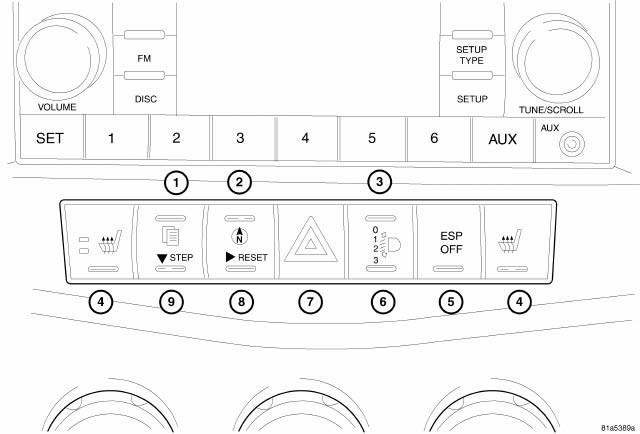
Fig. 12: Identifying Assembly Switch Bank Module Callouts
The heated seat switches (4) are active any time the Local Interface Network (LIN) data bus is active.
Depressing the heated seat switch provides a switch status message to the instrument cluster, sometimes referred to as the Cab Compartment Node (CCN), via the LIN data bus. The CCN is responsible for supplying the LIN data bus message to the heated seat module, signaling the module to power the heated seat element of the selected seat and maintain the temperature setting. If the heated seat switch is depressed to a different position (Low or High) than the currently selected state, the CCN will go through the process again to change the temperature setting.
DIAGNOSIS AND TESTING
HEATED SEAT SWITCH
In order to obtain conclusive testing, the heated seat system and the Local Interface Network (LIN) data bus circuit must be checked. Any diagnosis of the heated seat system should begin with, the use of a scan tool and the appropriate diagnostic service information.
Refer to the appropriate wiring information for complete circuit schematic or connector pin-out information.
NOTE: Vehicles equipped with the heated seat option utilize a low voltage cut-off feature. This feature turns off power to the heated seat system anytime vehicle voltage is below 11.7v or above 15.5v. Be certain to check the vehicle electrical system for proper voltage anytime the power seat system appears inoperative.
Before any testing of the heated seat system is attempted, the battery should be fully-charged.
REMOVAL
WARNING: Disable the airbag system before attempting any steering wheel, steering column, or instrument panel component diagnosis or service. Disconnect and isolate the negative battery (ground) cable, then wait two minutes for the airbag system capacitor to discharge before performing further diagnosis or service. This is the only sure way to disable the airbag system. Failure to take the proper precautions may result in accidental airbag deployment and possible serious or fatal injury.
NOTE: The heated seat switches are integral to the Accessory Switch Bank Module (ASBM) and cannot be serviced separately. The complete ASBM assembly must be replaced.
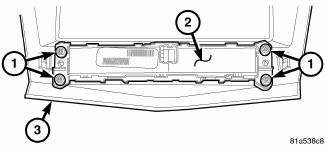
Fig. 13: Removing/Installing Assembly Switch Bank Module (ASBM)
1. Disconnect and isolate the battery negative cable.
2. Remove the center bezel from the instrument panel.
3. Remove the four screws (1) that secure the ASBM (2) to the back of the instrument panel center bezel (3) and remove the ASBM.
INSTALLATION
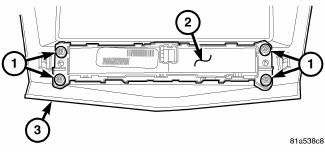
Fig. 14: Removing/Installing Assembly Switch Bank Module (ASBM)
NOTE: There are different Accessory Switch Bank Module (ASBM) configurations available based on the option content of the vehicle. Ensure the ASBM being installed matches the vehicle options.
1. Position the ASBM (2) onto the back of the instrument panel center bezel (3).
2. Install the four screws (1) that secure the ASBM to the center bezel. Tighten the screws to 2 N.m (17 in.lbs.).
3. Install the center bezel onto the instrument panel.
4. Connect the battery negative cable.
5. Verify heated seat system operation.
 Pad, heater
Pad, heater
DESCRIPTION
Vehicles equipped with the optional heated seat system have two carbon fiber
heated seat elements located in
each front seat. One heating element is used for each seat cushion and anot ...
 Horn System
Horn System
...
See also:
Speed Control
SWITCH, SPEED CONTROL
REMOVAL
Fig. 1: Removing/Installing Horn Switch
WARNING: Disconnect and isolate the battery negative (ground)
cable before
beginning steering wheel removal or ...
Lamp, fog, rear export
Removal
BULB
Fig. 11: Rear Fascia Wire Harness Connector
1. Disconnect and isolate the battery negative cable.
2. Remove the rear fog lamp from the rear fascia.
3. Disconnect the rear fa ...
Standard procedure
BRAKE ROTOR MACHINING
NOTE: Refacing the rotor is not required each time the brake pads are
replaced, only
when the need is foreseen.
Any servicing of the rotor requires extreme care to ma ...
